Question 1: I am trying to highlight particular section from Vispy Surface Plot example in a particular colour somewhat similar to below modified image.
Question 2: Similarly I would like to add an image data as overlay texture to the Vispy surface plot
Can SurfacePlotVisual be used for this? I am unable to find any examples of the SurfacePlotVisual on the internet.
Can anyone please direct me to the efficient way of getting it done using vispy. Thanks
Update 1: Adding Sample code for testing
import sys
import numpy as np
from vispy import app, scene, color
from vispy.util.filter import gaussian_filter
from vispy.visuals.filters import TextureFilter
from vispy.io import imread, load_data_file, read_mesh
canvas = scene.SceneCanvas(keys='interactive', bgcolor='w')
view = canvas.central_widget.add_view()
view.camera = scene.TurntableCamera(up='z', fov=60)
# Simple surface plot example
# x, y values are not specified, so assumed to be 0:50
z = np.random.normal(size=(250, 250), scale=200)
z[100, 100] += 50000
print(z.shape)
z = gaussian_filter(z, (10, 10))
p1 = scene.visuals.SurfacePlot(z=z) # , color=(0.3, 0.3, 1, 1))
p1.transform = scene.transforms.MatrixTransform()
p1.transform.scale([1 / 249., 1 / 249., 1 / 249.])
p1.transform.translate([-0.5, -0.5, 0])
#verts = p1._meshdata.get_vertices()
verts = p1._meshdata.get_vertices()[:, :2]
texcoords = (verts - verts.min()) / (verts.max() - verts.min())
texture = imread('spot.png')
texture = np.flip(texture, 0) // flip added to get correct position of the image
print("spot.shape:", texture.shape)
print("textcoords:", texcoords)
texture_filter = TextureFilter(texture, texcoords)
p1.attach(texture_filter)
view.add(p1)
xax = scene.Axis(pos=[[-0.5, -0.5], [0.5, -0.5]], tick_direction=(0, -1),
font_size=16, axis_color='k', tick_color='k', text_color='k',
parent=view.scene)
xax.transform = scene.STTransform(translate=(0, 0, -0.2))
yax = scene.Axis(pos=[[-0.5, -0.5], [-0.5, 0.5]], tick_direction=(-1, 0),
font_size=16, axis_color='k', tick_color='k', text_color='k',
parent=view.scene)
yax.transform = scene.STTransform(translate=(0, 0, -0.2))
# Add a 3D axis to keep us oriented
axis = scene.visuals.XYZAxis(parent=view.scene)
if __name__ == '__main__':
canvas.show()
if sys.flags.interactive == 0:
app.run()
Update 2:
Have updated above code and output image for reference.
Surface plot output is as above... Would like to remove surface plot shade and instead would like to have same color output for the surface plot output as compared to image....



